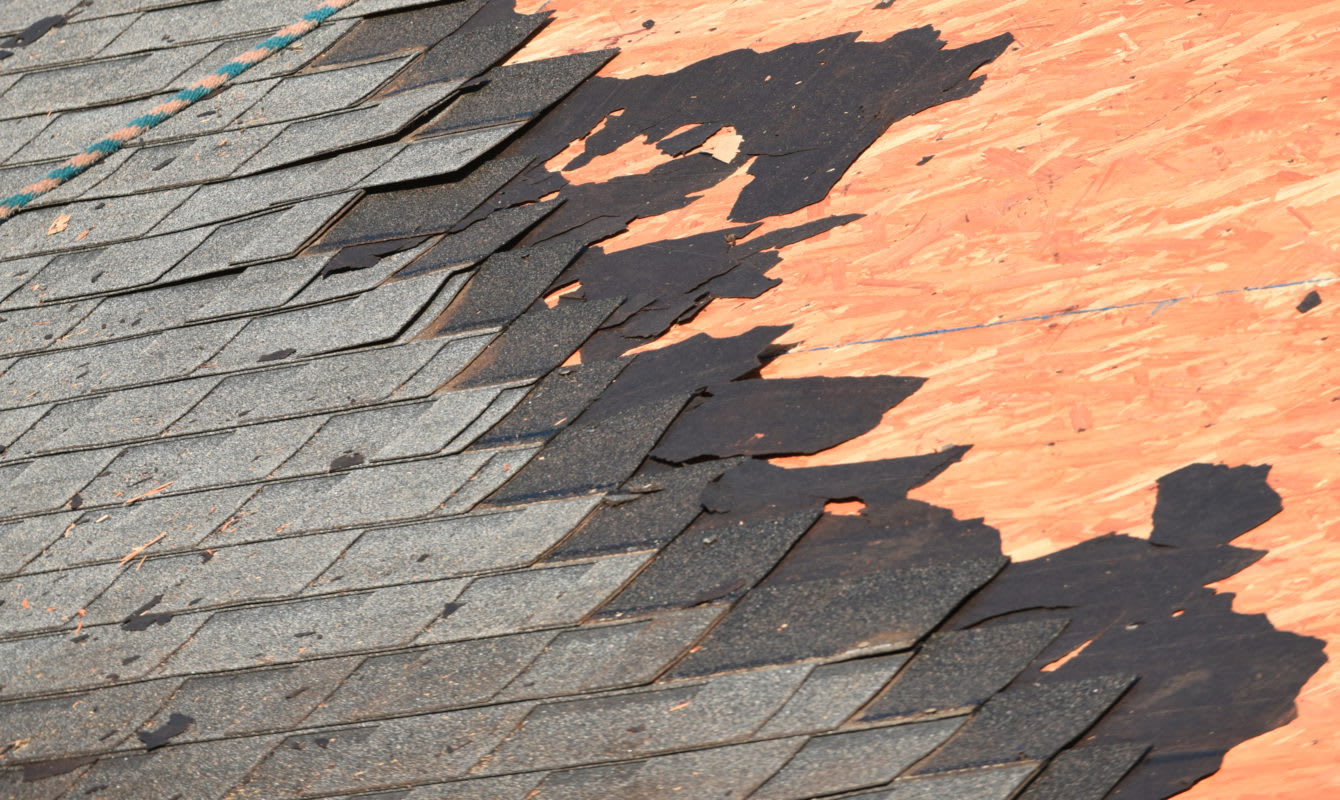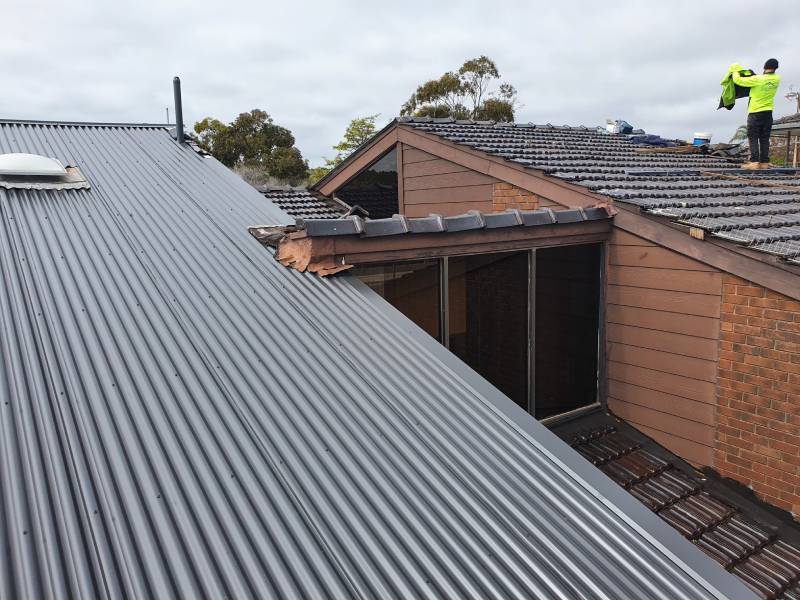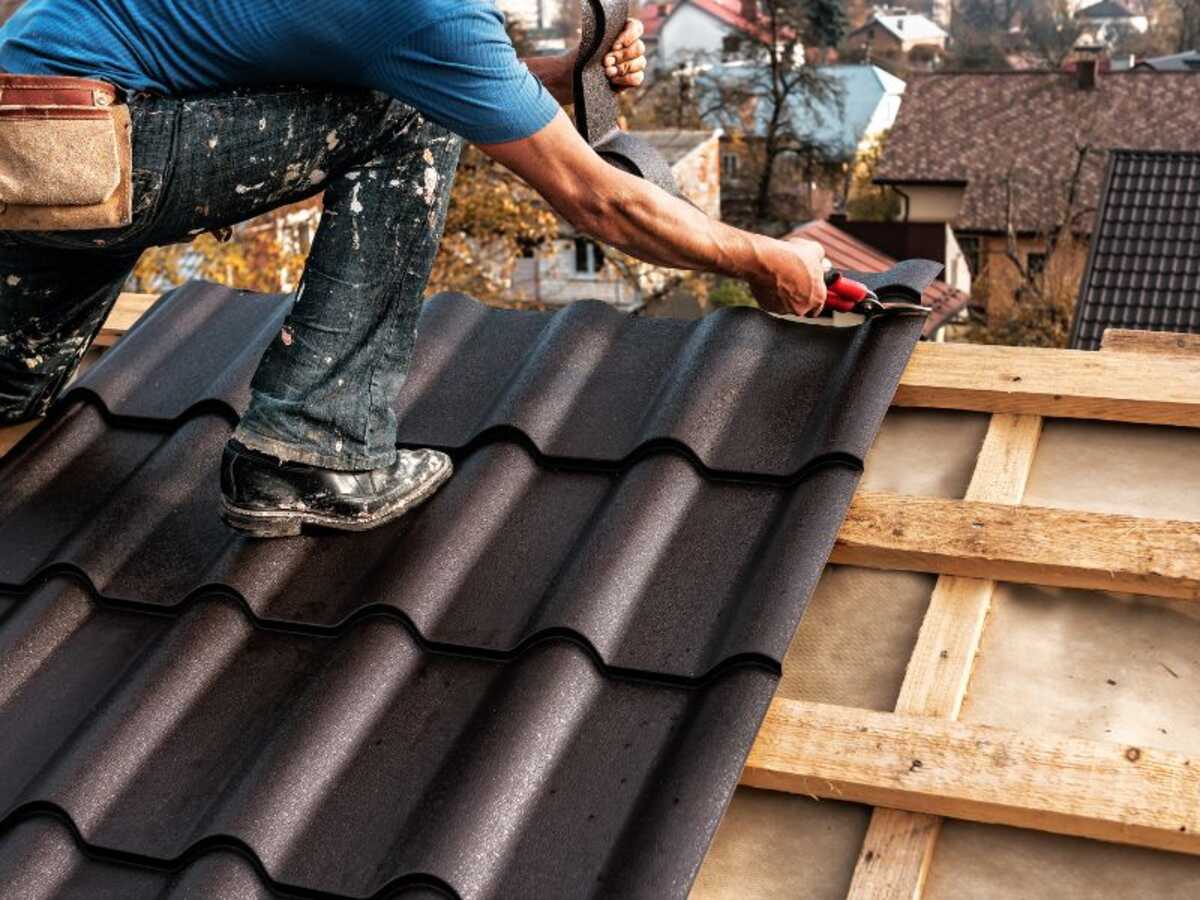Taking Full Advantage Of Durability and Performance With Thoughtful Roofing Substitute Choices
In a globe where every choice pertaining to home upkeep holds substantial weight, the selection of roof replacement materials stands out as a critical one. From picking the best materials to prioritizing energy-efficient choices and taking into consideration long-term toughness, each choice contributes to the overall performance of the roofing.
Picking the Right Roofing Materials
When considering the longevity and performance of a roofing system replacement, what essential aspects should be thought about when picking the right roof materials? The selection of roof materials plays an important role in establishing the longevity and performance of a new roof covering. Aspects such as the climate of the area, the slope of the roof, and the total budget plan are important considerations when picking the most ideal roof materials.
In areas with extreme weather, such as hefty rainfall or extreme sunshine, materials like steel or asphalt shingles might provide far better defense and longevity. The incline of the roofing also affects the choice of products, as materials like clay floor tiles are better suited for steeper roofs contrasted to flat roofings where rubber or PVC membrane layers may be more appropriate. In addition, the spending plan assigned for the roof substitute project will determine the quality and sort of materials that can be used. Balancing these elements is crucial in choosing roof covering materials that will make certain both longevity and effectiveness in the lengthy term.
Prioritizing Energy-Efficient Choices
Taking into consideration the essential role roofing products play in the long life and performance of a roof substitute, a significant aspect to focus on is the selection of energy-efficient options. Energy-efficient roofing products can help in reducing the total energy consumption of a structure by boosting insulation and minimizing warm transfer. By selecting materials with high reflectivity and thermal emittance, such as steel roof coverings or cool roof coverings covered with reflective materials, structure proprietors can reduce cooling costs throughout heat and lessen the city warm island effect. Additionally, energy-efficient roof covering choices can add to an extra comfy indoor setting by keeping much more stable temperature levels throughout the year.
Moreover, choosing energy-efficient options can also positively influence the environment by reducing greenhouse gas exhausts connected with too much power use for cooling and heating. When spending in a roof substitute, it is necessary to consider not just the immediate expenses but likewise the long-term benefits of power efficiency in regards to financial cost savings and environmental sustainability. By prioritizing energy-efficient alternatives, building proprietors can optimize the performance and life expectancy of their roofings while promoting energy preservation and decreasing their carbon impact.
Considering Long-Term Toughness

Steel roofing, for example, is extremely resilient and can last for 50 years or more with correct maintenance. It is resistant to fire, mold, pests, and rot, making it a prominent choice for durable roofing systems. Concrete and clay tiles are also resilient options, lasting approximately half a century or you could try this out more. They are resistant to fire, rot, insects, and can hold up against rough climate condition.
Enhancing Insulation for Efficiency
To take full advantage of energy performance and minimize heating and air conditioning expenses, enhancing insulation in the roof is vital. Proper insulation not only aids in preserving a comfy interior temperature yet likewise plays a significant duty in minimizing the general energy consumption of a structure. When thinking about roof substitute, selecting high-grade insulation products can lead to lasting cost financial savings and improved sustainability.

Integrating Lasting Practices
Lasting roof alternatives such as trendy roofing systems, eco-friendly roofing systems, and solar panel setups can considerably reduce a structure's carbon impact and energy consumption. Cool roofs, for circumstances, use reflective materials to minimize warmth absorption, decreasing cooling costs and lowering metropolitan heat island results.
When selecting products for a lasting roofing system substitute, it is crucial to prioritize durability, recyclability, find here and power efficiency. By incorporating these lasting practices into roof covering replacement tasks, structure owners can not only contribute to ecological preservation yet also benefit from lasting cost savings and operational performance.

Verdict
In conclusion, making thoughtful options when replacing a roofing can substantially impact durability and performance. By selecting the best products, focusing on energy-efficient alternatives, considering toughness, enhancing insulation, and including sustainable methods, building proprietors can make the most of the life expectancy of their roofing while likewise boosting power effectiveness. These choices not just benefit the atmosphere but also contribute to long-lasting cost savings and overall building efficiency.